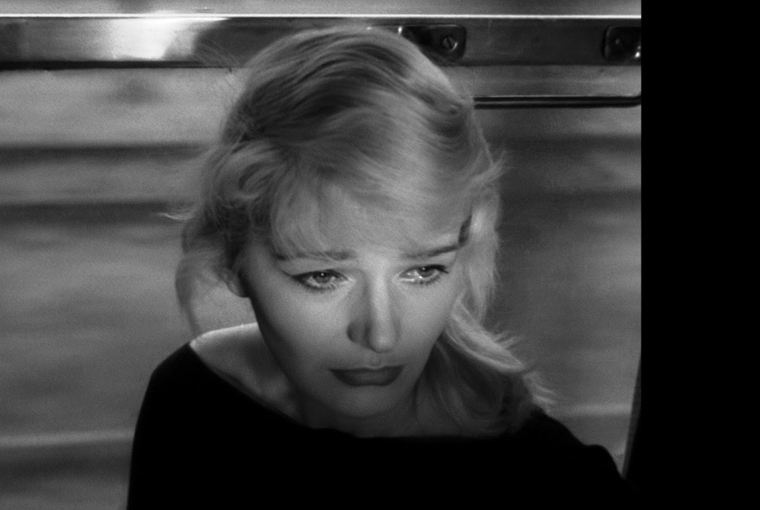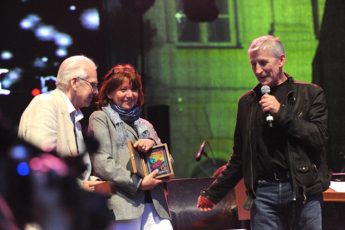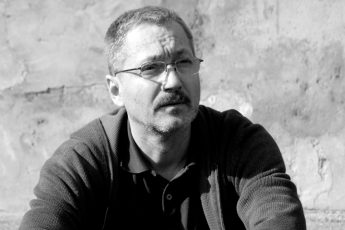
National film funds are odd institutions: run by bureaucrats, if experienced ones, they allocate state money to projects supposedly worth funding. In other words, they claim objectivity in assigning an aesthetic value to a project, and, henceforth, a corresponding sum needed to realize that project. Worse yet, they often must do so before seeing a project finished: post-production grants have become popular over the years, but they aren’t the format driving European film production. Interestingly, the output varies greatly regardless of the amount of funding. To illustrate this point, we turn to Poland (the country of our regional focus 2014) and Romania.
State funding of cinema in Poland is, for Eastern European standards, at a record high. The Polish Film Institute has allocated approximately EUR 31 mln for the accomplishment of its mission in 2014, with EUR 21 mln reserved for film production. That is three times as much as Romania, which gave out EUR 6,7 mln during its only funding session in 2013. While funding in Romania has declined since 2007 in spite of the international recognition Romanian filmmakers have gained after Cristi Puiu’s Stuff and Dough (2001), it has never reached Polish levels. Currently, Romanian filmmakers have voiced their dissent about proposed changes in the film law that would assign half of the cash earmarked for local productions to movie theaters.
Nevertheless, Romanian cinema has gained acclaim from critics, festivals and viewers alike, whereas Polish cinema lingers on the brink of film festivals, with few, if any, films making the whole academic, festival and journalistic circuits. How is that possible? There is one structural fact worth pointing out. When a state-funded film in Poland generates profit, the subsidy is refunded to the Polish Film Institute, which covers only 50% of the budget (producers and co-producers must cover the rest). This has two consequences. Firstly, Polish filmmakers are more dependent on producers than in countries where the film fund covers a bigger chunk of the production costs. Secondly, the Polish Film Institute itself has a strong incentive to produce films that generate profit – in a country where legislation does not privilege domestic productions very much (cf. France). At the time when the Romanian New Wave started, there was not even a remote chance of making domestic productions that are profitable. Hence, the CNC was forced to back films simply because they fulfilled the session criteria.
It is difficult to laud the CNC. After agreeing to cover 62.5% of the budget of Puiu’s Stuff and Dough (it won a national script competition), they attempted to retreat from that commitment after observing, supposedly, a lack of commercial and artistic appeal. As soon as the film was invited to Cannes, that attitude changed rather quickly. Indeed, most Romanian filmmakers find the institution biased, corrupt, and unfair. Besides, due to the recent decrease in film funding, private film production in Romania has soared. But the detachment from commercial motives seems to have served Romanian cinema rather well. It is easy to overrate the degree to which one can control film culture through state mechanisms, but it is important to explain why Poland’s investment doesn’t appear to pay off (or not as much as one would wish). Like in Germany, there appears to be, in addition to social, political and cultural differences to success stories like Romania, a structural problem: judgements about the quality of a film aren’t left to film connoisseurs, but state bureaucrats and the market. Whether the Romanian state intended to ignore those criteria, or whether it was forced to do so, Romania’s miserable state of the film industry appears to have saved Romanian filmmakers (if by a margin) from ceaseless historical films designed for pleasing both mass audiences and aesthetic demands. Perhaps, the future of Polish cinema lies with alternative forms of financing: Anka and Wilhelm Sasnal financed their two collaborative features It Looks Pretty From a Distance and Parasite with the help of private art galleries… A sign of hope?
This month, we will be attending the goEast Film Festival in Wiesbaden (April 9-15) for the fourth time in a row and are equally happy to support the A l’Est du Nouveau festival in Rouen and Mont-Saint-Aignan (April 11-18) as media partners. For our current regional focus on Poland, we saw Malgosha Gago and Boleslaw Sulik’s Les Ombres de Casablanca, which revolves around a Polish spy who worked for British and US intelligence (we also interviewed Gago for our Interviews section). Meanwhile, Tomasz Wasilewski’s Floating Skyscrapers marks Polish cinema’s first foray into gay cinema – the film chronicles a young man’s internal struggle with his sexual identity. Julia Zelman saw Juraj Lehotský’s Miracle (Slovakia), The Priest’s Children (Croatia), and Quod Erat Demonstrandum (Romania), the latest feature by Andrei Gruzsniczki, whom she interviewed as well. In our Retrospectives section, you will find an analysis of Jerzy Kawalerowicz’s Night Train through the lense of unsolved episodes and traumas of Poland’s recent past. Finally, we travel to the Caucasus: Moritz Pfeifer critiques I’m Going to Change My Name, a poetic coming-of-age story by Armenian director Maria Saakyan, while Konstanty Kuzma saw Paradjanov, a conventional (if off-key) biopic about the famous Georgian-Armenian filmmaker.
Konstanty Kuzma & Moritz Pfeifer
Editors




Leave a Comment